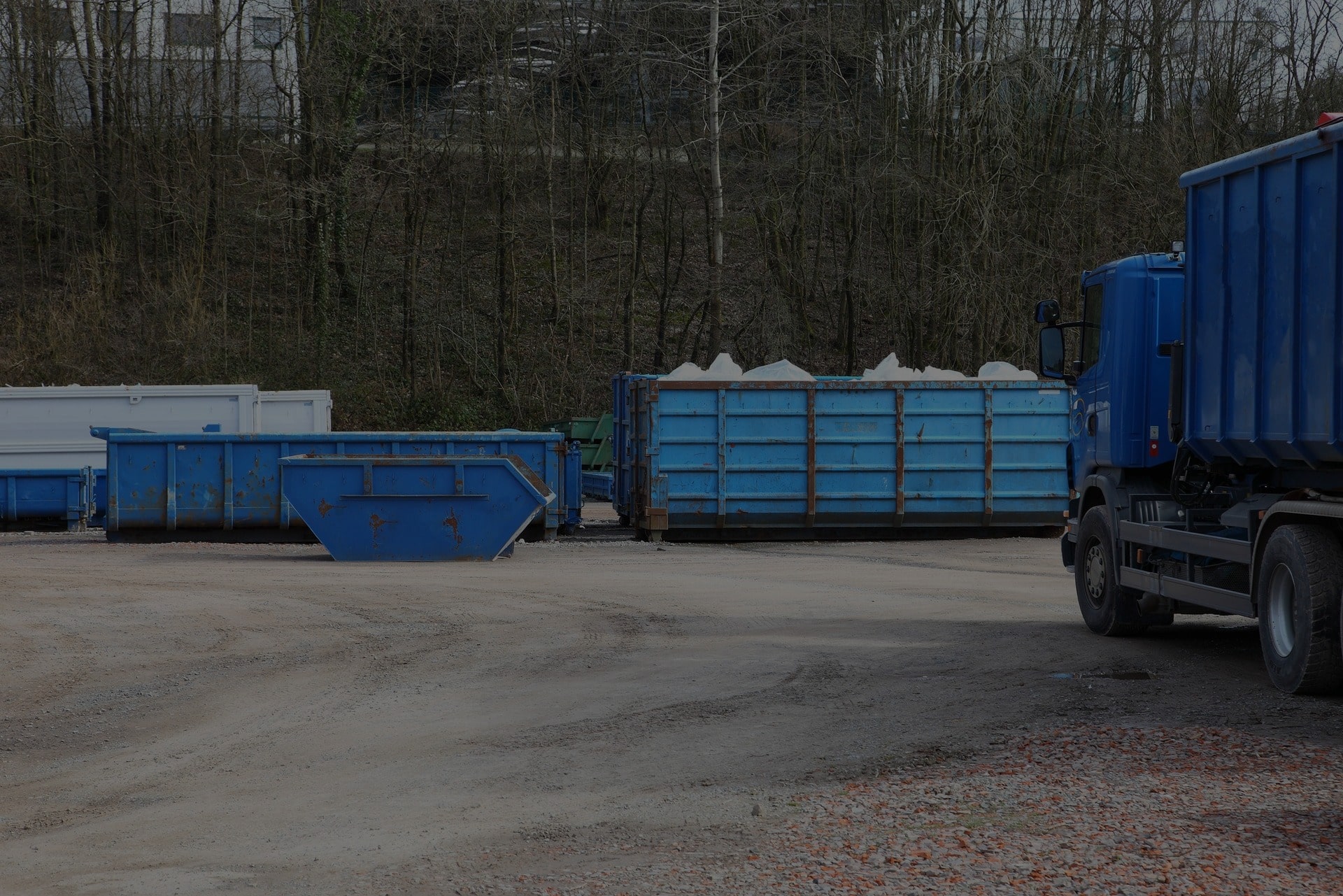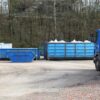About The Fundamentals of Waste Management –
Waste Classification
The “3 Rs” — Reduce, Reuse, and Recycling — are categorized in the waste hierarchy according to how desirable they are for minimizing trash. Most waste minimization tactics are built on the waste hierarchy. The waste hierarchy’s goal is to maximize products’ usable advantages while producing the least amount of final waste possible; for more information, see resource recovery. The fundamental tenet of the waste hierarchy is that policies should support initiatives to reduce waste output, which is why it is depicted as a pyramid.
The following phase, or the desired course of action, is to look for alternate applications for the waste that has been produced, such as by reusing. Recycling, which includes composting, comes next. Material recovery and waste-to-energy come after this. The final step is disposal, either in a landfill or through energyless incineration. When garbage cannot be avoided, diverted, or recovered, this is the last recourse. The waste hierarchy depicts how a product or substance advances through the several stages of the waste management pyramid. The hierarchy depicts the last stages of each product’s life cycle.
The Lifespan of a Product
The life cycle starts with design, moves through manufacture, distribution, and main use, and concludes with the stages of reduce, reuse, and recycle of the waste hierarchy. Every phase of the product’s lifecycle presents opportunities for policy intervention, reevaluating the necessity for the product, redesigning to reduce waste potential, and extending its useful life. By reducing waste production, product life-cycle analysis helps to maximize the use of the planet’s finite resources.
Efficiency of Resources
Resource efficiency expresses the knowledge that current production and consumption patterns cannot support continued global economic growth and development. Globally, humans take more resources out of the earth to make products than it can resupply. The decrease of the environmental effect associated with the manufacture and consumption of these items, from the last stage of raw material extraction through the final stage of use and disposal, is known as resource efficiency.
Polluting Parties Must Pay
The polluting party must pay for the effects on the environment, according to the polluter-pays concept. When it comes to waste management, this usually means that a waste generator must pay for proper disposal of the material that cannot be recovered. If you need help managing your waste, contact Ready2Go Dumpsters in Miami now.






